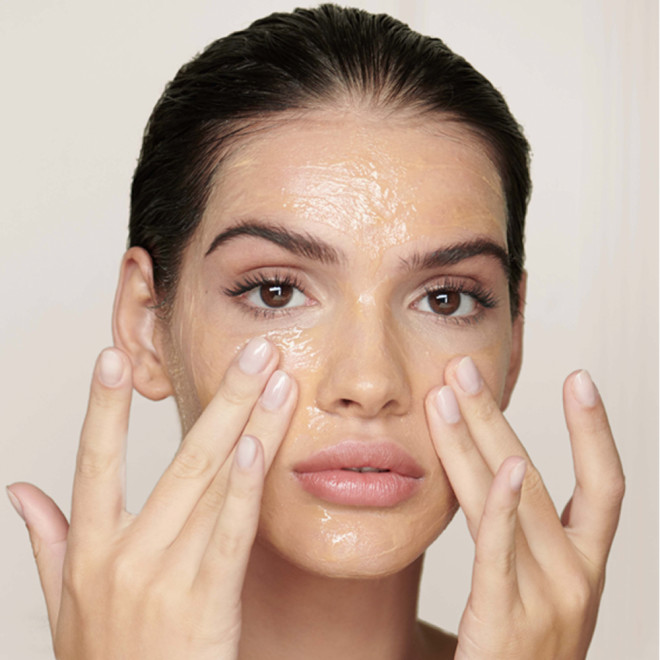
How Long to Wait Between Moisturizer and Primer
The Right Wait Time Between Moisturizer and Primer
Achieving a smooth, long-lasting makeup application involves carefully layering products. Moisturizer hydrates and preps the skin’s surface first. Primer then provides an even base for foundation to adhere. However, many people wonder – how long should you wait after moisturizing before applying primer? The answer impacts how well both products absorb and work together.
Wait At Least 5 Minutes
How long to wait between moisturizer and primer?Skincare experts generally recommend waiting around 5 minutes between moisturizer and primer application. This allows the moisturizer to fully sink in and set on the skin first. Applying primer immediately on top of a wet moisturizer can cause pilling – those annoying little product balls that form. A 5 minute buffer eliminates this issue.
Up to 30 Minutes Works Too
For those with extra time, many makeup artists suggest extending the wait window up to 30 minutes post-moisturizing. This longer period ensures the moisturizer gets fully absorbed deep into the skin before putting anything on top. It also allows skin’s natural oils to re-balance before layering a silicone-based primer.
Signs Moisturizer Needs More Time
How can you tell if moisturizer still needs additional setting time? Keep an eye out for these visual cues:
- Excess slip or sheen on the skin’s surface
- Moisture beading up in certain areas
- Creasing or rolling when touched
If you notice any of these effects, the moisturizer hasn’t fully dried down and settled yet. Allow a few more minutes before moving on to primer to avoid potential pilling or uneven application.
Adjust Times for Moisturizer Type
The wait period can vary slightly based on the specific moisturizer formula used. Richer, heavier cream textures take more time to absorb compared to lightweight lotions or gels. With ultra-intensive night creams or sleeping masks, you may need to extend the wait by 10-15 extra minutes.
Primer Type Matters Too
The time you wait also depends on the particular primer being used. Silicone-based primers require a bit more wait time versus water-based options. Silicone needs the face completely dried down first to adhere properly. For water or gel-based primers, the wait can be on the shorter side.
Climate Impacts Absorption Rates
Environment comes into play when determining wait times too. Applying products in hot, humid conditions means longer absorption periods needed. The extra moisture and heat make it harder for creams and lotions to fully dry down. In dry, arid climates, moisturizers set faster so less wait time is required.
Layer Skin Type Too
Those with oily skin types can get away with shorter wait periods, since their sebum production aids in product absorption. Drier skin types may need to extend the 5-30 minute window slightly to fully drink in hydrating moisturizers before priming.
Don’t Wait Too Long
However, you also don’t want to stretch the gap out for hours between moisturizing and priming. By leaving it too long, the moisturizing benefits could get diminished or wear off by the time primer goes on. This negates primer’s smoothing effects over a freshly hydrated base.
When In Doubt, Powder First
If you’re truly unsure whether your moisturizer fully set, use a light dusting of translucent powder first. Gently buff powder over the entire face after moisturizing and before primer. The powder helps mattify any excess slip so the silicone-based primer applies flawlessly over top.
With the right wait time between steps, makeup glides on seamlessly with lasting fresh results. Primer adheres better over skin that’s been properly prepped and hydrated first. No excess oils, moisture or dried out patches to complicate matters. Pay attention during your routine and adjust the pause period as needed for ideal makeup application every time.


